I’m no stockpiler and if you’ve been reading me for any amount of time, you know I’m also not a hardcore minimalist. That said, I definitely think it’s smart to be prepared for an emergency, so I was intrigued when I started exploring minimalist prepping. Here’s how I’d use it as a blueprint if you’re keen on being prepared without cluttering up your place.
Minimalism and Prepping Basics
The Core Principles of Minimalism
You know the drill: minimalism, at its heart, is about stripping away the unnecessary, leaving room for what adds value to your life. It’s a philosophy that champions living with less to enjoy more freedom, peace, and focus. Contrary to popular belief, minimalism isn’t about owning a specific number of items; it’s about intentionality and making room for what matters most to you.
The Prepper Mindset
Prepping, on the other hand, is about readiness—anticipating future crises and taking steps to mitigate their impact. This often involves stockpiling extra food items, water, medical supplies and other essentials like extra batteries, acquiring survival skills, and planning for a range of worst-case emergency scenarios. While it might conjure images of bunkers filled with canned food supplies, true prepping is about being prepared, not paranoid.
Synergy Between Minimalism and Prepping
The idea of a minimalist prepper might seem paradoxical at first. How does one prepare for the worst without accumulating a mountain of “just in case” items?
The key lies in the shared focus on essentialism—identifying what’s really necessary and eliminating the rest. This synergy allows for a preparedness approach that’s not only efficient but also sustainable and adaptable.
Get Your Bug Out Bag Ready: Becoming a Minimalist Prepper
Assessing Your Needs
Still with me? If preparedness sounds good to you, your first step is to assess your needs. Much like any decluttering project you embark on, you want to ask yourself some critical questions. What are your non-negotiables in an emergency situation? Water, food, shelter, and first aid usually top everyone’s list.

Grab your notepad or open your notes app, and drill down a bit further. Have any allergies? On any daily medication? Make a note of anything special you’d need. If you get stuck on this step, think of what you’d pack in your suitcase if you were taking a trip for a few weeks.
PRO TIP
Focus on the essentials when stocking your bug out bag. To assess your needs, ask yourself: “What would I absolutely need to survive if all modern conveniences were suddenly taken away?”
Beyond your personal essentials and food items, it’s sensible to put together a kit with a few tools that can get you through a basic emergency.
Building Your Minimalist Survival Kit
When you start putting your kit together, try to focus on multi-purpose and durable items—those that serve more than one function and are built to last. I got myself a hand-crank emergency radio for example, but I picked one with a built-in flashlight and a USB port that’s run off of an integrated solar panel. It’s a good multifunctional communications device that wasn’t particularly expensive, plus it takes up hardly any space.
Other things to consider for your kit could include:
PRO TIP
Wherever you can, prioritise quality over quantity when selecting items for your minimalist survival kit. You want your stash to stay in good working order with minimal maintenance. Last thing you need in a bad situation is to pull out your kit and realise your stuff has leaked batteries, expired meds, or stuff has started disintegrating. So invest in a few reliable, well-reviewed basics that will serve you well if you ever need them.
Key Components of Minimalist Prepping
Food and Water Storage
Let’s get back to basic sustenance. The minimalist approach to food and water storage is about efficiency—choosing items that offer the highest nutritional value and shelf life per cubic inch. Think high-energy bars, dried fruits, and macadamia nuts for food, and water purification methods that don’t rely on bulky storage.
PRO TIP
Rotate your food and water supplies periodically to ensure freshness and readiness. Consider organising your supplies using a rotation system to easily keep track of expiration dates. I keep everything with the longest lifespan towards the back of my stash.
If you’re unsure how much to buy of which foods, check out my article about stocking your pantry with emergency supplies. It has a checklist and goes into how to calculate basic caloric needs.
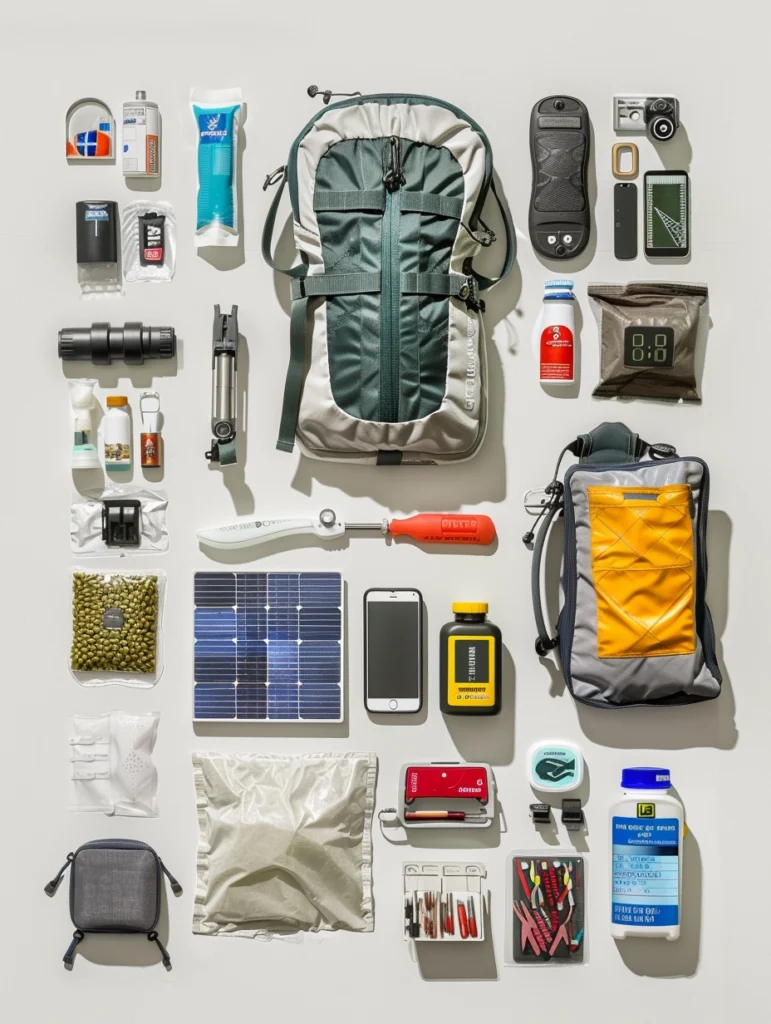
First Aid and Health Supplies
Your first aid kit should cover basic injuries and common ailments. Opt for products that serve multiple purposes whenever possible, such as coconut oil, which can be used as a moisturizer, lip balm, foodstuff, and wound salve.
PRO TIP
Familiarise yourself with basic first aid procedures by taking a certified first aid course or studying reputable online resources like those from the Red Cross.
Shelter and Warmth
When we get into the area of shelter and warmth, things quickly start drifting away from minimalism. These items are bulky and they’re pretty specific. Whether or not you skip these types of items will ultimately come down to your living situation and storage space.
If you’re in a metropolitan city that has bunkers, you’re probably not going to go out and buy a tent for your kit. Do what you think best suits your personal situation. If you have a house, as opposed to a flat, you might have an extra shelf in the cellar or in the loft to store bulkier items. Or maybe you like to take camping trips in the summertime anyway. In that case, these are things you can use outside of any preparedness endeavours.
Some basics to consider:
PRO TIP
Practice setting up your shelter and using your equipment before an emergency situation arises. Familiarity with your gear will save valuable time and reduce stress during critical moments.
Advanced Minimalist Prepping Techniques
Developing Prepper Skills
Knowledge and skills are perhaps the most valuable resources for any prepper, minimalist or not. Learning how to forage for food, purify water with natural resources, and start a fire without matches are invaluable skills that reduce your dependency on physical items.
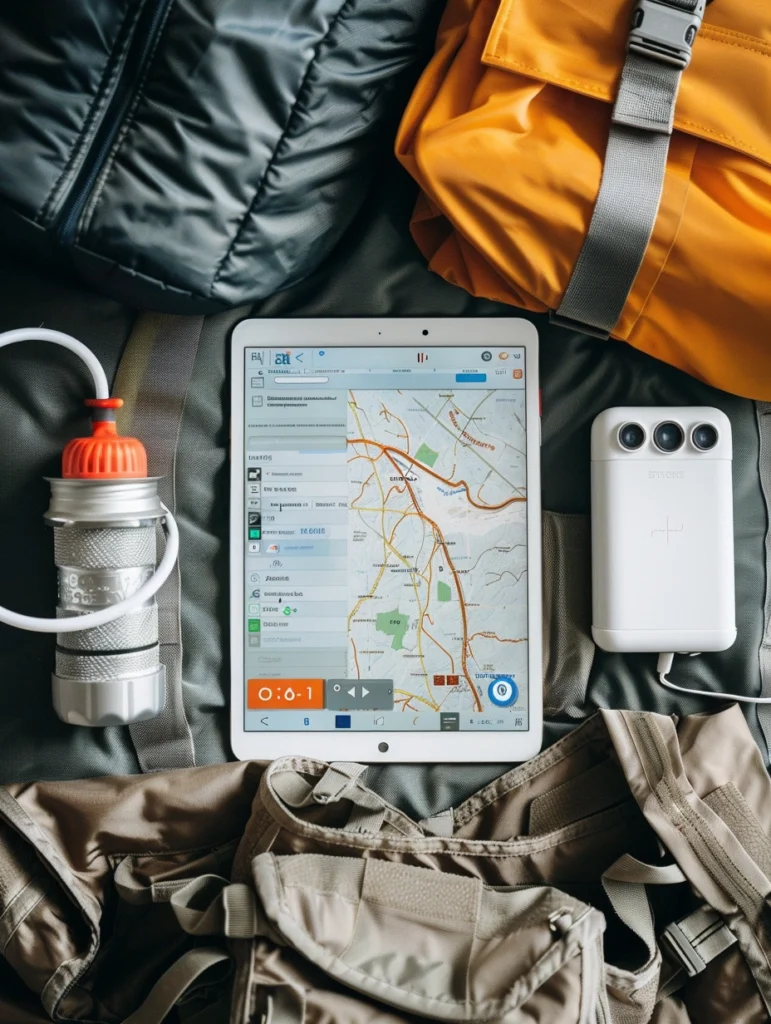
PRO TIP
If you’re looking for an entirely new hobby, a local survival or bushcraft group can be a fun and interesting change of pace. You’ll learn from seasoned experts and gain practical experience in various prepper skills.
Digital and Financial Preparedness
One other area worth mentioning is that emergencies in our day and age could theoretically be brought on by cyber threats. Taking this into consideration might be as important as physical readiness for e.g. natural disasters.
Secure your data, always have backups, and keep digital copies of essential documents. Financially speaking, if you have a safe at home, it’s never a bad idea to have cash on hand in case the ATMs go out or the network goes down and you can’t buy anything with cards or online.
PRO TIP
In addition to digital backups, keep a slim grab ‘n go emergency binder in your bug out bag with physical copies of important documents such as birth certificates, passports, and insurance policies in a waterproof, fireproof sleeve.
Maintaining a Minimalist Prepper Lifestyle
Regular Review and Optimisation of Supplies
Minimalist or not, prepping is not entirely a “set it and forget it” affair. You will need to review and refresh some of your supplies from time to time. Not just food items, but also medicines and batteries.
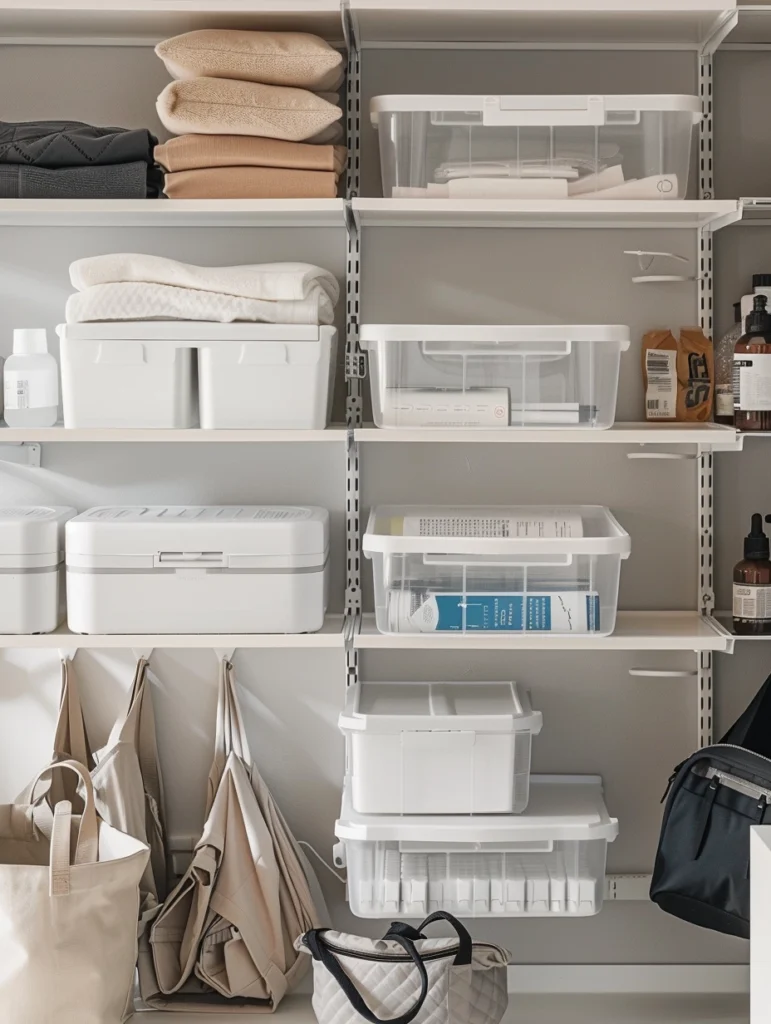
PRO TIP
Consider creating an inventory list or using a smartphone app to keep track of your supplies, expiration dates, and storage locations.
Overcoming Common Challenges
Space limitations and budget constraints are common challenges for the minimalist prepper. However, creative solutions can help you optimise your preparedness efforts without sacrificing your minimalist principles – even if you live in a small space.
You can still be prepared to survive in the event of a natural disaster or other emergency if you’re a minimalist or have a tiny home. If you stay focused on the essentials, you won’t have to succumb to the clutter and anxiety of traditional prepping.
Start small and remember the best preparation is not just about having things, but about having the skills, knowledge, and mindset to face whatever comes your way.
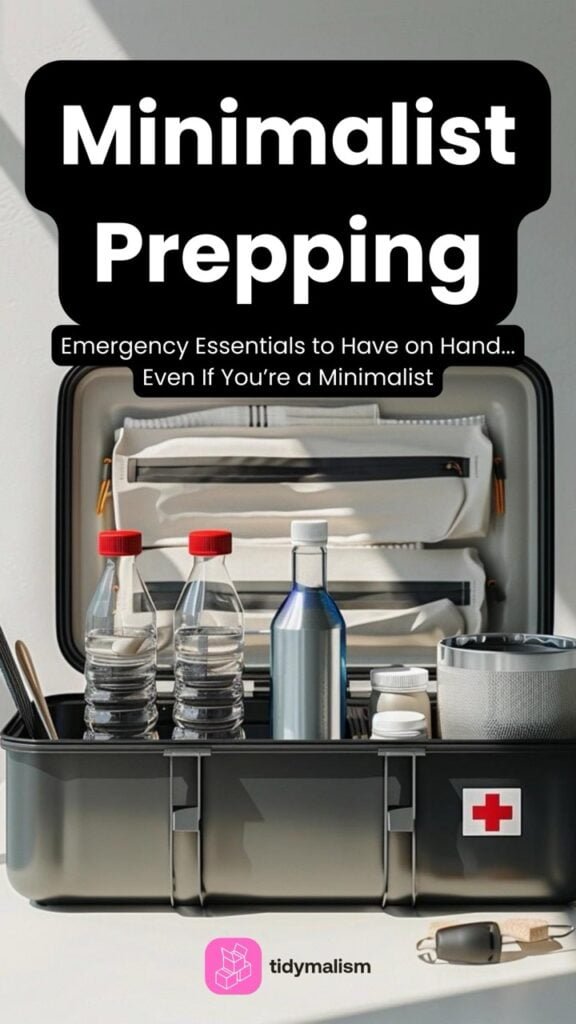

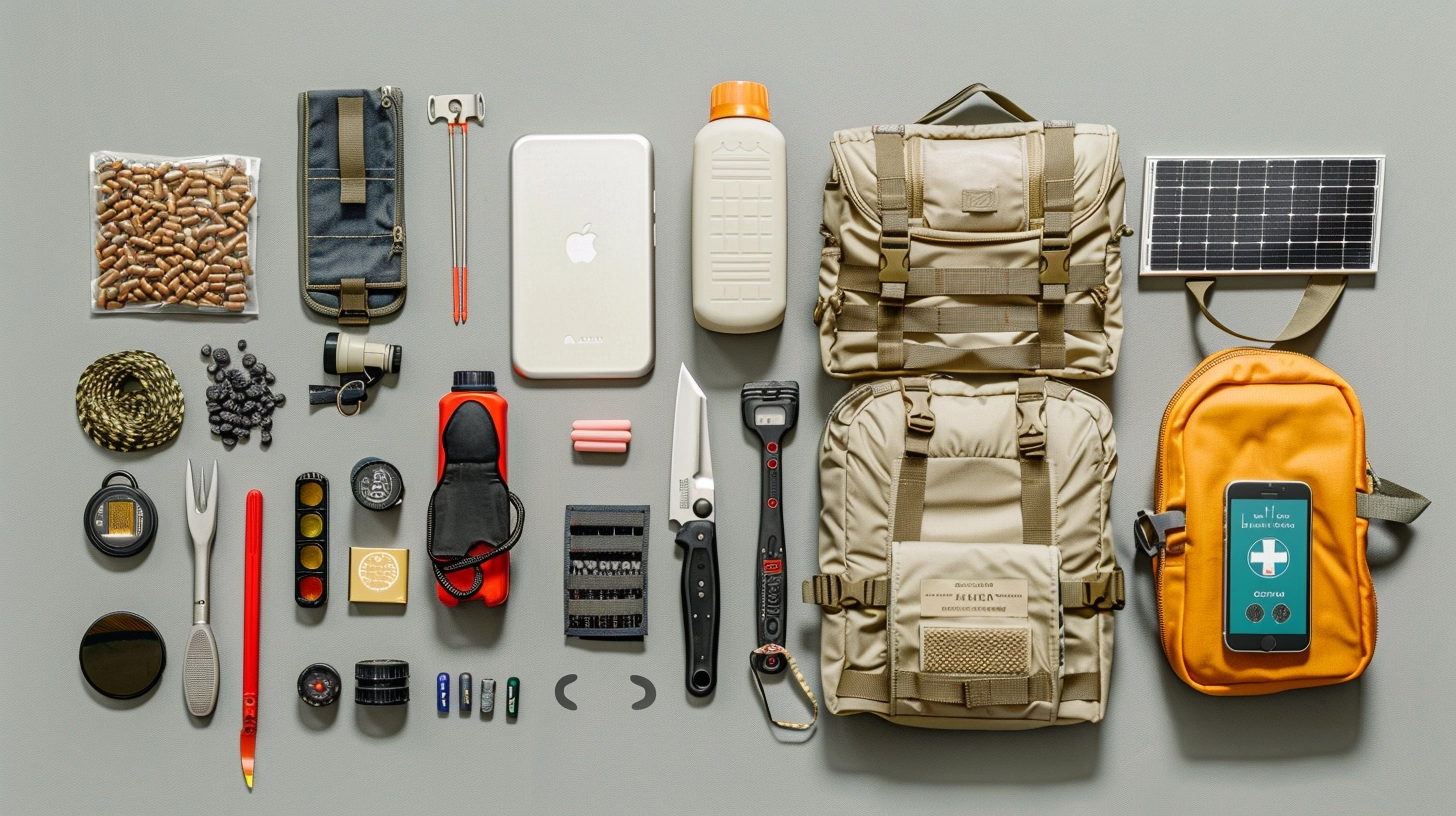






















![Fireproof Document Bag - Fireproof Box [Thermal Insulated] Fireproof Safety](https://m.media-amazon.com/images/I/41mqTGoEqHL._SL500_.jpg)

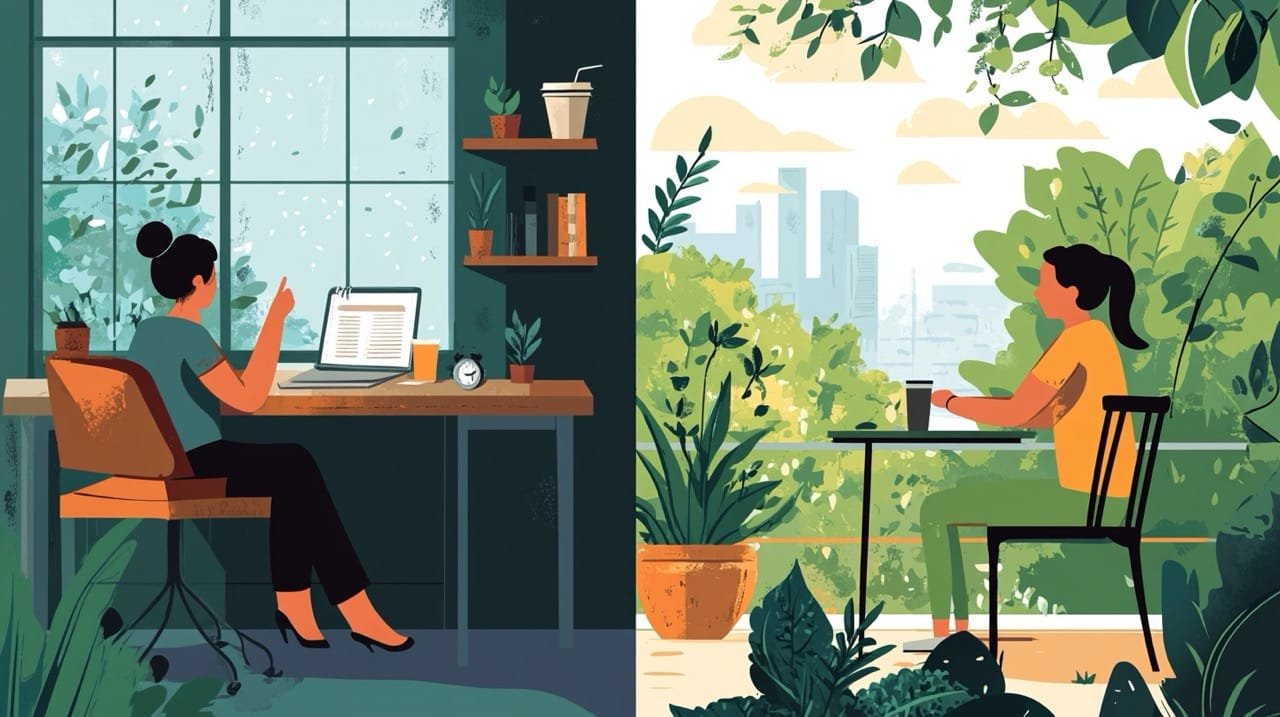

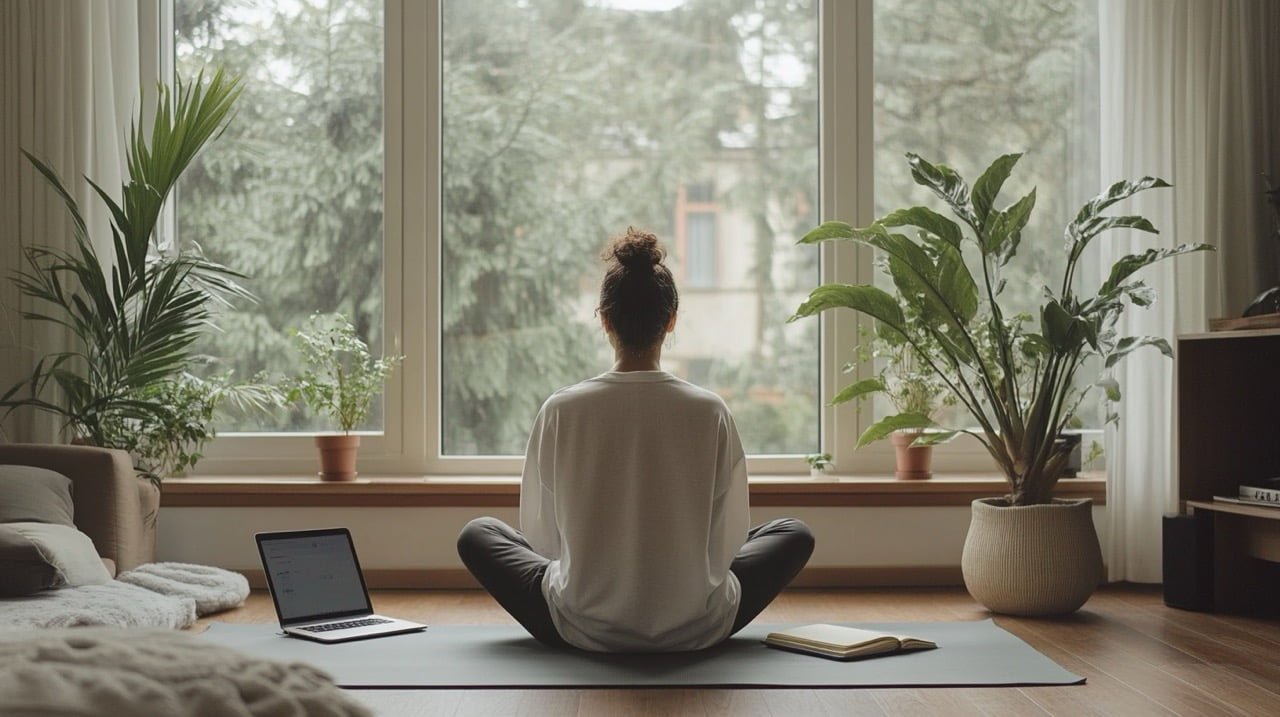
Leave a Reply